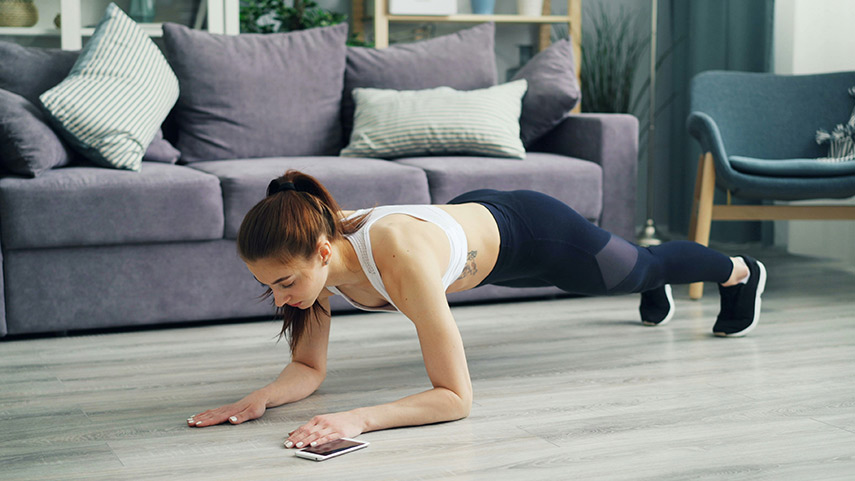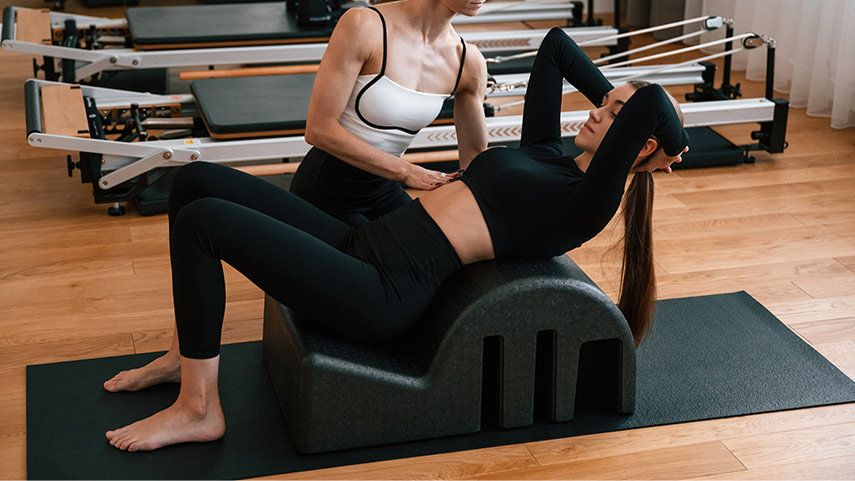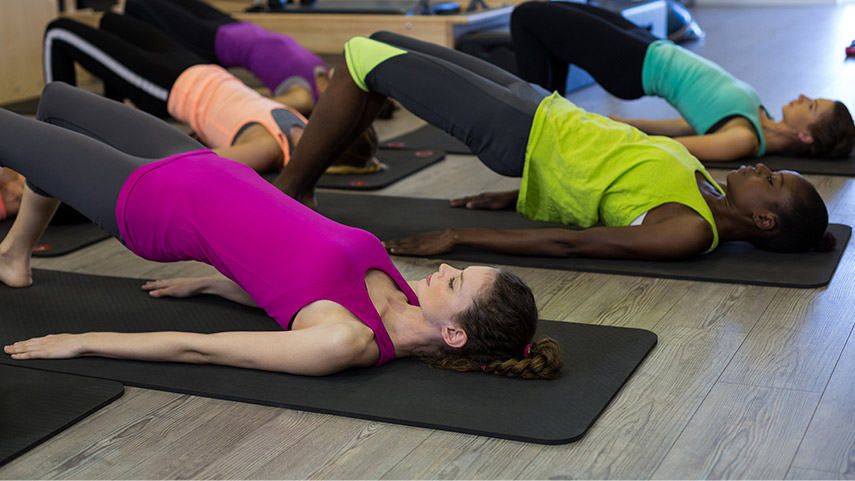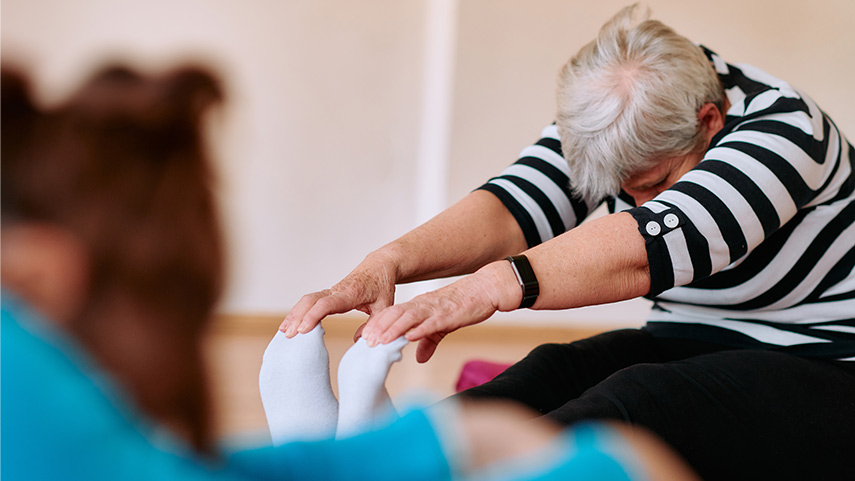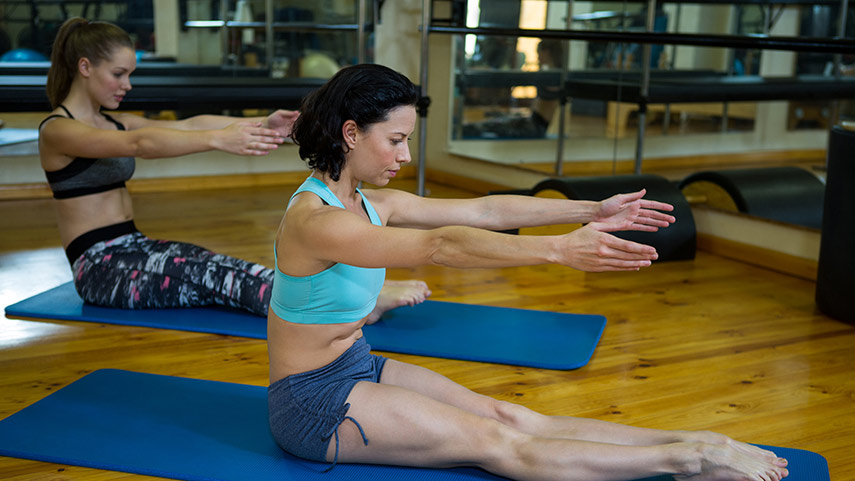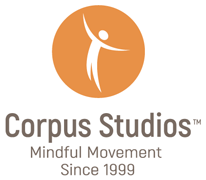Pilates Workout at Home: 5 Simple Exercises for Strength and Flexibility
Pilates is an incredible way to strengthen your body, improve posture, and enhance flexibility – all without needing a gym or special equipment. Whether you’re a beginner or already have some experience, practicing Pilates at home can be an effective way to stay active and improve overall well-being. In this article, we’ll guide you through five simple yet powerful Pilates exercises that engage your entire body and can be done from the comfort of your home.
Why Practice Pilates at Home?
Pilates is not just another workout – it’s a practice that helps build deep core strength, correct posture, and increase body awareness. Unlike high-impact workouts, Pilates is gentle on the joints while still providing an effective way to tone muscles and improve endurance. Practicing at home offers several benefits:
- Convenience – No need to commute to a studio; you can fit Pilates into your schedule whenever it suits you.
- Minimal Equipment – Most Pilates exercises can be performed using just a mat, though you can add small props like resistance bands or a Pilates ring for extra challenge.
- Customizable Routine – You can modify movements to match your fitness level and target specific areas of the body.
Now, let’s get started with five exercises that will activate your entire body and help you experience the true benefits of Pilates.
1. The Hundred – Core Activation and Endurance
The Hundred is a signature Pilates exercise that engages the deep abdominal muscles while also improving breath control. It’s a great warm-up movement that gets the blood flowing and prepares your body for the rest of the workout.
How to Do It:
- Lie on your back with your legs bent at 90 degrees or extended straight at a 45-degree angle for more intensity.
- Lift your head, neck, and shoulders off the mat while engaging your core.
- Extend your arms alongside your body and hover them a few inches above the floor.
- Begin pulsing your arms up and down while inhaling for five counts and exhaling for five counts.
- Continue for 10 breath cycles (a total of 100 pulses).
Why It Works:
- Strengthens the deep core muscles.
- Enhances lung capacity and breathing efficiency.
- Improves endurance and circulation.
2. Roll-Up – Spine Mobility and Abdominal Control
The Roll-Up is an excellent exercise for improving spinal flexibility and engaging the abdominal muscles in a controlled way.
How to Do It:
- Lie on your back with your legs extended and arms reaching overhead.
- Inhale as you lift your arms toward the ceiling.
- Exhale as you slowly roll your spine off the mat, reaching forward toward your toes.
- Inhale at the top, then exhale as you roll back down with control, vertebra by vertebra.
- Repeat 8-10 times.
Why It Works:
- Strengthens the core and stabilizing muscles.
- Improves spinal mobility and flexibility.
- Encourages smooth, controlled movement.
3. Pelvic Curl – Lower Body Strength and Hip Mobility
The Pelvic Curl is a great exercise for engaging the glutes, hamstrings, and lower back while promoting mobility in the spine.
How to Do It:
- Lie on your back with knees bent and feet hip-width apart.
- Press your arms into the mat and engage your core.
- Inhale, then exhale as you lift your hips, one vertebra at a time, forming a bridge.
- Hold for a breath at the top, then slowly lower back down with control.
- Repeat 10-12 times.
Why It Works:
- Strengthens the lower back, glutes, and hamstrings.
- Improves hip mobility and spinal articulation.
- Enhances posture and core stability.
4. Side Leg Series – Toning and Balance
This exercise helps improve hip stability while strengthening the outer thighs and core.
How to Do It:
- Lie on your side with your legs stacked and head supported by your lower arm.
- Engage your core and lift the top leg to hip height.
- Perform controlled movements, such as:
– Leg Lifts – Raise and lower the top leg while keeping control.
– Circles – Make small circles in one direction, then switch.
– Scissors – Move the top leg forward and backward in a controlled manner. - Repeat for 12-15 reps per movement on each leg.
Why It Works:
- Strengthens the outer thighs and glutes.
- Improves hip stability and balance.
- Engages the obliques for better core strength.
5. Swimming – Full-Body Coordination and Back Strengthening
Swimming is a fantastic Pilates exercise that activates the entire back body while improving coordination and endurance.
How to Do It:
- Lie on your stomach with arms extended forward and legs straight.
- Engage your core and lift your arms, chest, and legs slightly off the mat.
- Alternate lifting opposite arms and legs in a swimming motion.
- Breathe in for five counts and out for five counts while continuing the movement.
- Repeat for 20-30 seconds.
Why It Works:
- Strengthens the back, glutes, and hamstrings.
- Improves spinal extension and posture.
- Enhances coordination and endurance.
How to Incorporate These Exercises into Your Routine
For an effective home workout, try completing this routine 3-4 times per week. You can modify the repetitions and duration based on your fitness level. If you want a more intense session, repeat the full circuit 2-3 times.
- Beginner: Perform each exercise with fewer reps and take longer breaks.
- Intermediate: Increase reps and add resistance with ankle weights or bands.
- Advanced: Perform exercises in a continuous flow to enhance endurance.
Additionally, focus on your breathing throughout the session. Controlled breathwork helps maintain proper form and improves overall performance.
The Benefits of Practicing Pilates at Home
Practicing Pilates at home offers a range of benefits beyond physical fitness. Some of the key advantages include:
- Better Posture – Strengthens postural muscles and promotes spinal alignment.
- Stress Reduction – The mindful nature of Pilates helps calm the nervous system.
- Core Stability – Builds deep abdominal strength, improving overall body control.
- Injury Prevention – Strengthens the body in a way that reduces strain on joints.
- Improved Flexibility – Lengthens muscles and enhances range of motion.
Unlike other workouts that focus solely on intensity, Pilates prioritizes quality movement, making it an excellent option for those looking to build strength and stability without excessive strain.
Conclusion: Strengthen and Energize Your Body with Pilates
Pilates is a powerful practice that can be done anytime, anywhere, with little to no equipment. Whether you’re a beginner or an experienced practitioner, these five exercises provide a well-rounded full-body workout that enhances strength, flexibility, and coordination.
Pilates is more than just exercise – it’s a way to connect with your body and improve your overall well-being. Try incorporating these movements into your routine and experience the transformative benefits of Pilates.
Are you ready to elevate your practice? Join us at Corpus Studios™ for expert-led Pilates sessions that will take your training to the next level.

